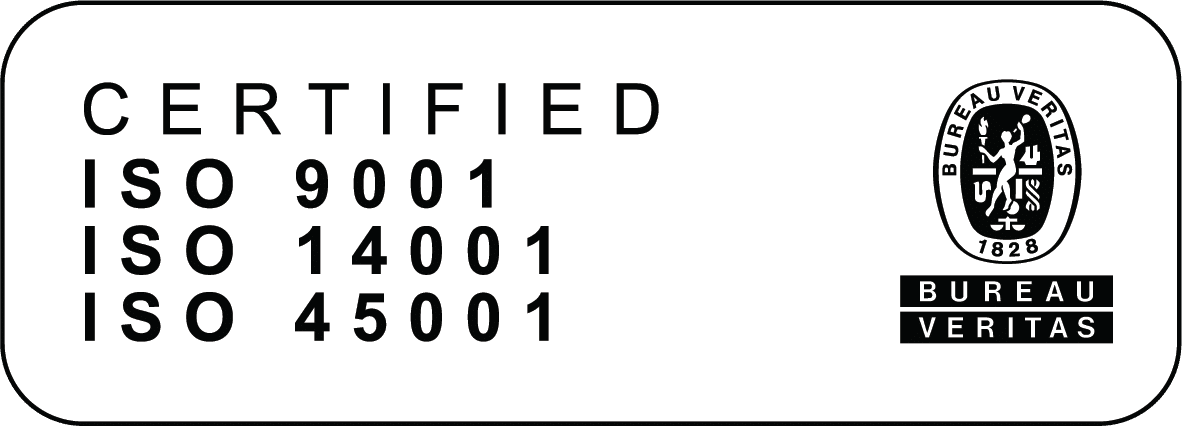A variety of technical innovations were presented last week at the AMI Blades conference in Burlington, MA.
This conference, which hosted many representatives of the wind energy sector, was intended to discuss the latest developments in wind turbine blades. This comes on the heels of major economic expansion, albeit with the hiccups of high costs and rising interest rates. Still, the promise associated with several government wind energy goals still remains. As a speaker from STRUCTEAM UK explained, the main goal is to “Make all those gigawatts a reality.”
Still, several new initiatives are in motion to resolve some of the industry’s ongoing technical issues. One such problem is the difficulty in recycling out-of-commission turbine parts. The sturdiness necessary for turbines to function makes the process of disposing of them much harder. A solution for this came in the form of the ZEBRA project from the composites firm ARKEMA. Designed for two types of blades more than 60 meters long, the material and process development are intended to produce fully recyclable blades. With prototypes developed and being tested, ZEBRA blades are projected to be commercially available sometime next year.
Another major problem for wind energy is the improving (but still apparent) supply chain issues. It also builds into another conundrum of the need for more infrastructure and workforce developments to support the expansion of offshore wind. A consultant from AMI UK noted the latter problem, discussing that there is a need to develop the workforce for “the entire life cycle of the blade.” As for the former, there are major coastal projects in development for increasingly larger wind turbines. Much of it will have the side benefit of decreasing shipping costs. As Lauren Burm from Vestas commented, “Each of you has a role in making that happen… We are looking to localize the supply chain.”
This local focus came in the form of the Massachusetts Clean Energy Center’s (MASSCEC) CEO Jennifer Dalosio, who opened the conference. She described the effort to expand wind developments as “three broad pillars”: innovation, getting tech to market, and developing the workforce. She discussed the success of the New Bedford Commercial Terminal, along with the proposal to convert a former coal plant in Salem into a similar port. There was a reiteration of the need to accommodate the increasing size of wind turbines and ensure that wind energy works: “Promoting the responsible development of offshore wind… Make it ready for the blades of the future.”

